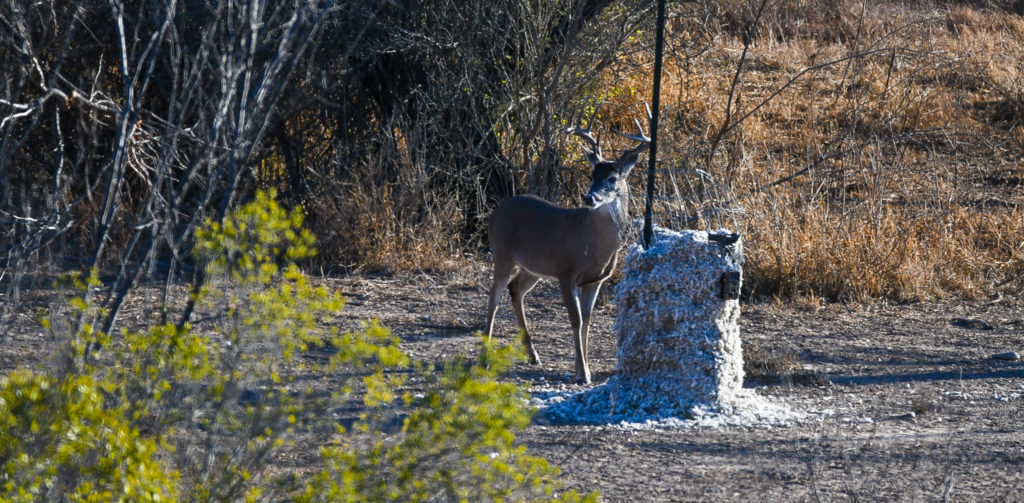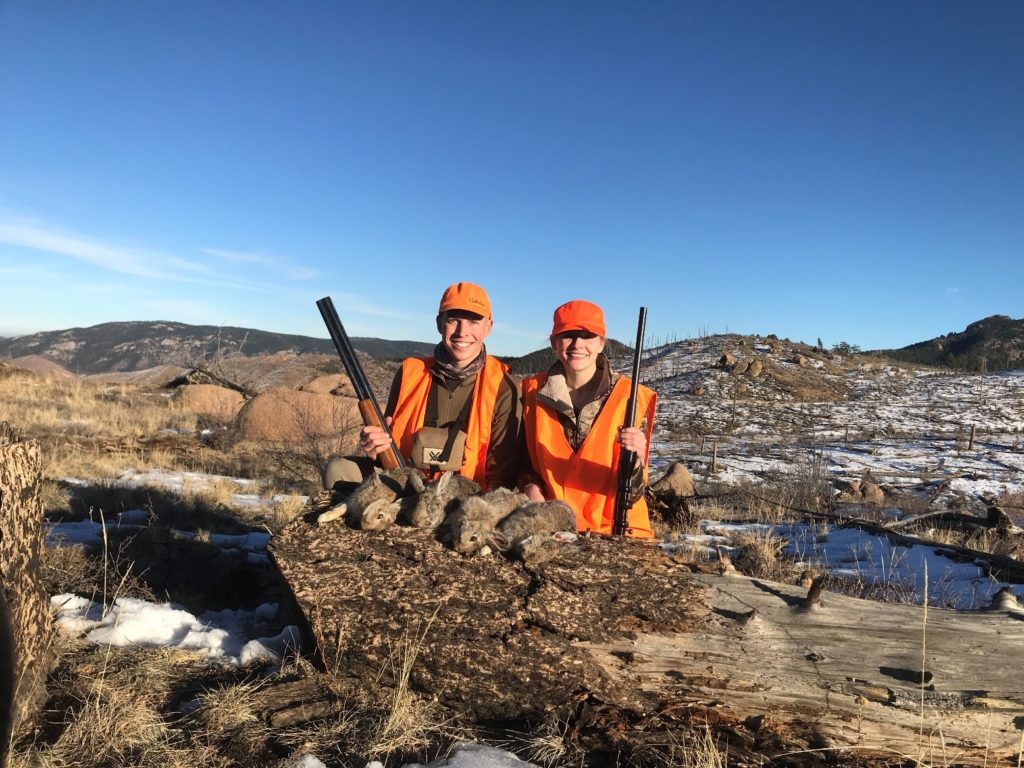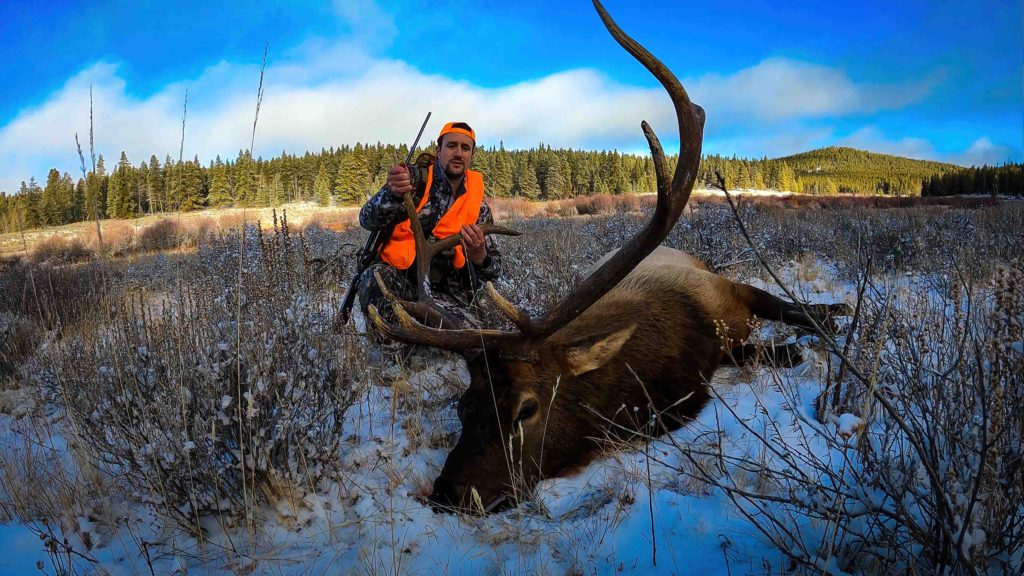I really shouldn’t complain, after all I did shoot an amazing elk in November, but I still will. This Texas whitetail season was a tough one for myself, friends, family, and even some strangers who had trouble finding bucks. So let’s talk about it.
The Problem
Not seeing bucks or, in some cases, not seeing shooter bucks during shooting light. Does, fawns, yearlings, and spikes were abundant and regularly came to corn, traversed game trails, and otherwise made the rounds. But the bucks seemed to only be showing themselves at night based on what I was seeing in person and on what I was observing on my game cameras.
To provide a little more context – it’s not like I hunted a single time and didn’t see bucks. When I had the opportunity to hunt, I was in the blind. If a cold front was coming through South Texas, I was in the blind. If the sun came up and the day ended in “y”, I was more than likely in the blind. So I spent a ton of hours and a bunch of sits watching and waiting.
My Theory on the Lack of Bucks
There’s actually a number of factors that I think contributed to my frustration and lack of success this year. These include wetter than normal summer months, unseasonably warm weather thru November/December, and the rut hitting full stride later than anticipated.
Why do I think a wet summer was a problem? Well the higher than average rainfall totals in May, July, and August set us up for an extremely green summer, which carried into fall. This meant there was plenty of available forage for the picking.
The wet summer also resulted in an insane acorn crop in our part of the state. Acorns are another whitetail favorite and are packed with protein and other nutrients. So when our huge (and relatively late) acorn crop started hitting the ground, all bets were off regarding deer behavior. With their preferred dietary staple readily available corn feeder patterns were all but abandoned.
Spring in December – a hunter’s Curse
Warm weather in the winter? Sounds like a tropical get away. Or you could just be stuck in South Texas, praying for a “cold front” that lasts more than a couple of days to aid your hunting season. This year’s November and December weather saw average highs in the 70s and nighttime lows in the low 50s.
Warm weather poses a problem because much of hunting season coincides with whitetail mating season, otherwise known as the rut. The rut consists of bucks “chasing” breedable does and spreading their genetics around for future generations of deer. During the rut it’s not uncommon for bucks to run themselves ragged in the pursuit of mates.
Keeping in mind that bucks put all this energy into extracurricular activities, it makes sense that warm weather presents a challenge. The higher temps mean more energy is required to chase does and that bucks will tire more quickly. This means that bucks are much more likely to rut under the cover of darkness and cooler temps. And, if they’re spending all night chasing the ladies, they’re probably missing your 0730 breakfast reservation with All Seasons Feeders.
An added side effect of the warmth and the nighttime rutting was a delay in the non-stop bucks-chasing-does action of the rut that we’re used to seeing starting in late November. This climax (LOL) didn’t really begin until late December in our neck of the woods.
What can you do?
Hunt your ass off. If that doesn’t work don’t beat yourself up over it. Just hang up your rifle or bow, enjoy the rest of duck season, and get ready to chase thunder chickens in the spring. Make sure to keep your fingers crossed for better luck next year.


